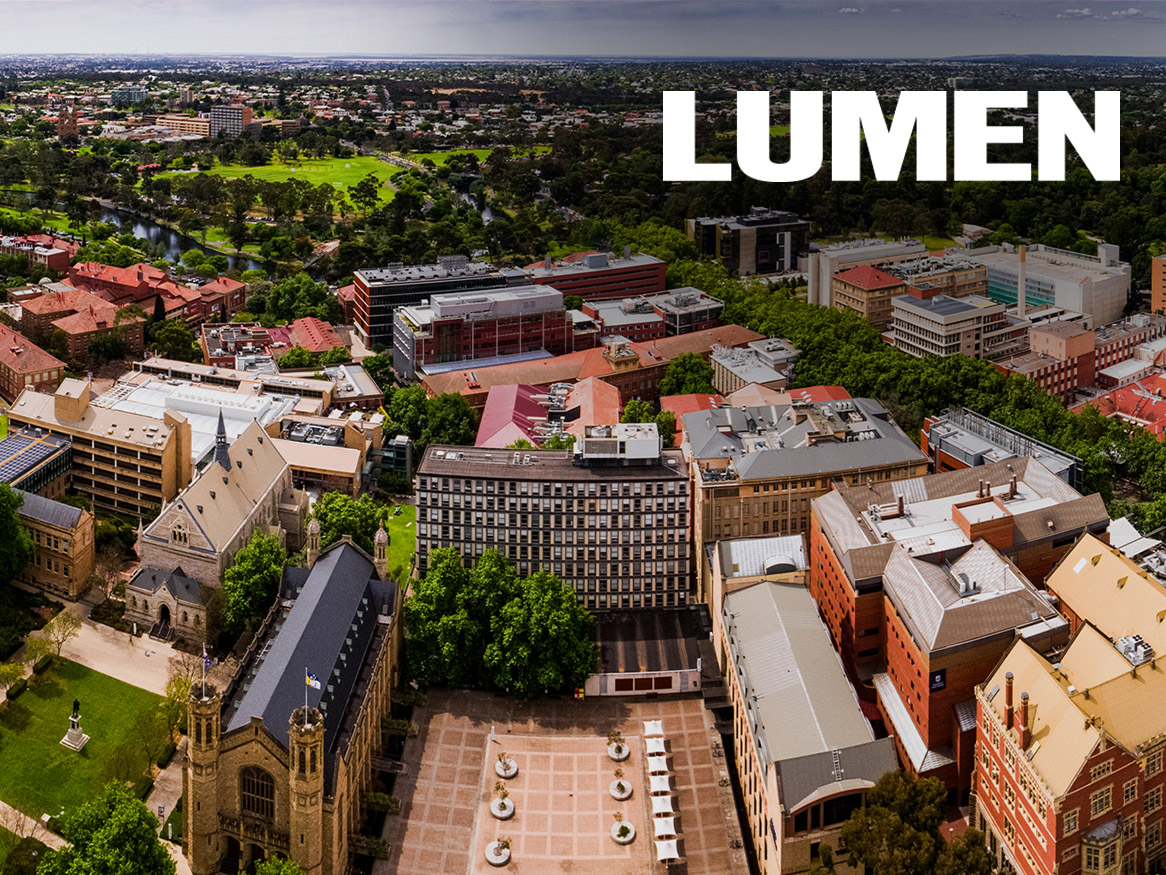One in four Aussie kids under 10 has untreated tooth decay
Thursday, 19 May 2016
Results of a national oral health survey led by the University of Adelaide show that a quarter of all Australian children aged 10 and under has untreated tooth decay.
The National Child Oral Health Survey 2012-2014 is the first population-based study of its kind in Australia for 25 years, involving data from more than 24,000 children aged 5-14 years in each state and territory.
The survey is a collaborative project between the Australian Research Centre for Population Oral Health, based in the University of Adelaide's School of Dentistry, and state and territory dental services. The preliminary findings have just been presented at a two-day workshop held this week in Adelaide.
"This study is one of the biggest and most comprehensive of its kind in the world, giving us important and timely insights into the trends occurring in child oral health and behaviours of Australian children and their families," says the University's Associate Professor Loc Do, co-organiser and presenter at the two-day workshop.
"We found that tooth decay affected a significant proportion of children: over 40% of children aged 5-10 years had decay in their primary (baby) teeth. One quarter of children in that same age group had never received treatment for their tooth decay. On average, Australian children aged 5-10 had 1.5 primary teeth with decay," he says.
"More than one third of children aged 9-14 years had decay in their permanent teeth, and one in seven children in this age group had not previously been treated for decay in permanent teeth.
"The prevalence of tooth decay was similar to other comparable countries, such as the United States and New Zealand, but the prevalence of untreated decay was somewhat higher in Australia," he says.
Associate Professor Do says the results vary depending on state and territory and socio-economic status of the child's family. "Children from Queensland and from the Northern Territory had the highest prevalence and severity of tooth decay. Data in Queensland was collected at the start of the expansion of water fluoridation and the start of the survey (2010-12), so it was too early to see the positive impact of drinking water fluoridation, as that is likely to be emerging only now," he says.
"Children of low socio-economic background and Indigenous children had significantly higher rates of dental decay, unfavourable dental and general health behaviours, and unfavourable dental visiting patterns."
The study showed that although the National Oral Health Plan’s target was for 100% of children to see a dentist, one in nine children never made a dental visit.
"Significantly more children in the lowest income households had unfavourable dental attendance. This income-related gap in dental visiting patterns has widened over time.
"We would like to see regular dental check-ups as a matter of course, to help children and their families to prevent tooth decay and treat oral health problems promptly," he says.
This research has been funded by the National Health and Medical Research Council (NHMRC).
Contact Details
Email: loc.do@adelaide.edu.au
Website: http://www.adelaide.edu.au/arcpoh/
Australian Research Centre for Population Oral Health (ARCPOH), Adelaide Dental School,
The University of Adelaide
Business: +61 8 8313 3964
Mobile: +61 (0)402 840 837
Mr David Ellis
Email: david.ellis@adelaide.edu.au
Website: https://www.adelaide.edu.au/newsroom/
Deputy Director, Media and Corporate Relations
External Relations
The University of Adelaide
Business: +61 8 8313 5414
Mobile: +61 (0)421 612 762







